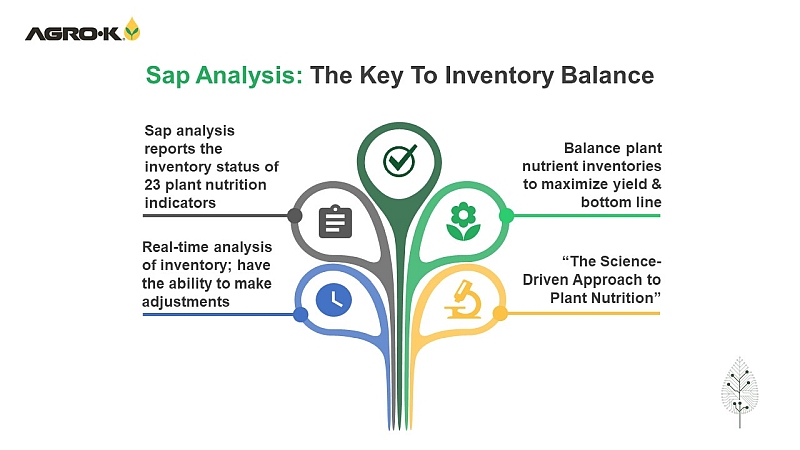Restrictions Recommended on Chlorpyrifos in California
The California Department of Pesticide Regulation (DPR) announced that it has recommended new interim restrictions on the use of the pesticide chlorpyrifos, which is used on more than 800,000 acres and more than 60 crops in the state including tree nuts, grapes, citrus, vegetables, cotton, and alfalfa.
The new measures will provide increased protections from potential exposure to the pesticide while DPR completes a formal regulatory process to list chlorpyrifos as a “toxic air contaminant” and develops permanent restrictions on its use. The department is recommending that county agricultural commissioners (CAC’s) begin implementing the interim measures on Jan. 1.
“DPR has been working with growers for years to find alternatives to this pesticide while also taking action to curtail its use through the regulatory process,” said DPR Director Brian Leahy. “These interim measures represent a significant step in our ongoing effort to protect human health and the environment.”
The interim measures include:
- Banning all aerial applications of chlorpyrifos.
- Discontinuing its use on most crops. Chlorpyrifos will be restricted to “critical uses” on crops for which there are few if any alternative pesticides, as determined by the University of California Cooperative Extension. These critical uses are listed on DPR’s website.
- Requiring a quarter-mile buffer zone during all allowed applications of the pesticide and for 24 hours afterward.
- Requiring a 150-foot setback from houses, businesses, schools and other sensitive sites at all times, regardless of whether the site is occupied at the time of application.
According to DPR, use of the organophosphate has declined in use over the past decade as growers have chosen safer alternatives. Use of the pesticide has dropped by more than 50% from 2 million pounds in 2005 to just over 900,000 pounds in 2016.
In 2015, DPR designated chlorpyrifos a California restricted material, meaning that only trained, licensed professionals with a permit from a local county agricultural commissioner may use products containing the pesticide. In 2017, it was added to California’s Proposition 65 list of chemicals known to cause reproductive harm.
In September 2018, following extensive scientific review and public comment, DPR proposed designating chlorpyrifos as a “toxic air contaminant,” which California law defines as an air pollutant that may cause or contribute to increases in serious illness or death, or that may pose a present or potential hazard to human health. A 45-day public comment period on the proposed designation closed on Nov. 9.
Following the designation of chlorpyrifos as a toxic air contaminant, DPR is required to consult with other state and local agencies – including the Office of Environmental Health Hazard Assessment, the California Air Resources Board, CAC’s and local air districts – to determine what permanent mitigation measures are needed. This regulatory process could take up to two years to complete.
Visit the DPR website for information on chlorpyrifos and a complete list of recommended restrictions.









